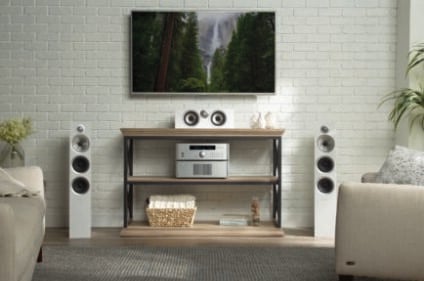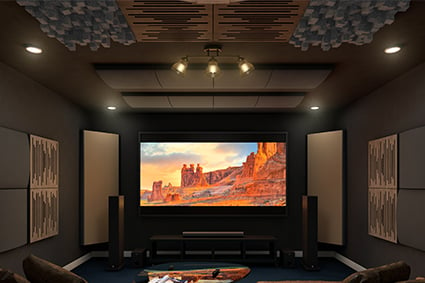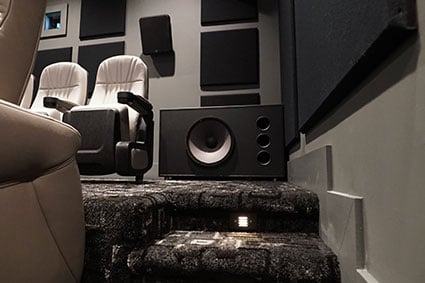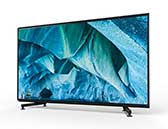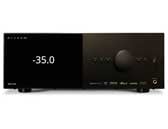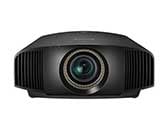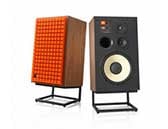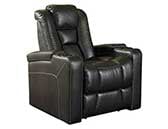Accent Lighting
Now we start to get to the fun part of home theater lighting. Creative accent lighting can take a mundane looking room and give it a look that draws oohs and ahhs from your friends. We have a phrase that will help you out when planning your accent lighting: “Go for the Glow”. Indirect accent lighting will give your theater that cool look and keep any of it from shining directly on your screen. Also, if you follow this logic, you’ll be able to dim your accent lights during a sporting event when you want to have more light in the room than for movie viewing.
Sconces
These can be placed on your wall or columns running the long length of the room. We like to see the type that shines up or up and down without any outward glow. In other words, you should not be able to see the light bulbs. Sure, there are some very cool looking decorative sconces that use candelabra type lamps that are completely visible and this may be the look you desire for your theater, but we feel they can be distracting to the eye IF you have them on when using the theater. If you plan to always keep them off, you’ll be ok.
Indirect Column Lights
This can be a very cool lighting feature. They require some planning but imagine a column that has a soft glow coming from both of its vertical sides. This kind of accent can even run up a side wall, across the ceiling, and down the other side. The new types of LED strip lights have made it possible to do all kinds of neat things with indirect lighting. Some of them even have the option of changing color on the fly. You simply have a column that is spaced off the wall and install strip lights on the backside a couple of inches in from the edge.
Cove Lighting
Cove lights are another great way to add some wow to your home theater. Cove lighting can be done with either rope lighting or LED strips and is a great way to give your ceiling a soft glow. Cove lights are also one of the most effective ways to add some light into a room when you do not want it fully dark without having any light spill onto the screen.
Starfield Lighting
This type of lighting can give your ceiling the look of a stary night, and in some cases, you’ll even see shooting stars. Starfield lighting adds very little light to the room as it is created using tiny fiber optics. However, the cost of a great system can be more than your front projector, so we would only recommend this if your budget is not limited at all. It is a super cool look, but just bear in mind, its a big expense in most cases.
There are other lighting considerations in a theater besides the actual fixtures. We’ll go over a few of these next.




